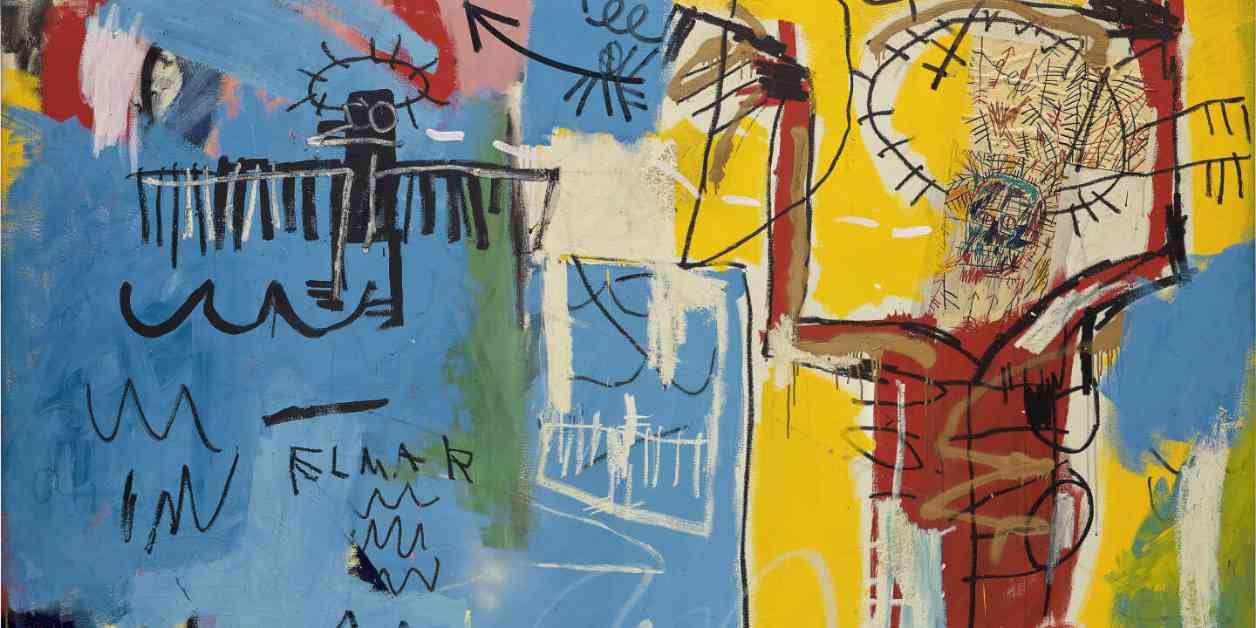Small-Scale Market Trends in Modern and Contemporary Art
The recent sales in May in New York have shown a stabilization in the prices of the most sought-after artists. The record-breaking auctions from a few years ago are no longer the norm.
There are several factors causing concern for art market participants, such as inflation, rising interest rates, the war in Ukraine, the escalation of the Israeli-Palestinian conflict, and the specter of a financial crash in the United States. Additionally, a cyberattack in May targeted Christie’s, claimed by the group RansomHub, threatening to expose the personal data of the world’s wealthiest collectors. With the upcoming Art Basel fair starting on June 13, the art world is holding its breath to see how the market will respond.
Gallery owner Nathalie Obadia notes that while sales are still happening daily, there has been a shift in the higher price range. People are taking more time to consider purchases above 150,000 euros, indicating a slowdown rather than a crisis.
Despite these concerns, some remain optimistic due to the reassuring results of the May sales in New York. However, there was a lack of headline-grabbing collections, like Harry and Linda Macklowe’s divorce collection or Paul Allen’s billion-dollar collection, which typically set the tone for the market.
The trend in the first half of the year has been a decline, with sales volume shrinking by 22% in May compared to the previous year. The market had already contracted by 4% in 2023 according to the annual Art Basel-UBS report. No artwork sold for over 50 million dollars, reflecting caution in an uncertain market.
A key strategy for auction houses has been to minimize risks by utilizing third-party guarantees to ensure sellers receive a minimum price, regardless of the outcome of the sale. For example, Christie’s withdrew a painting by Brice Marden estimated at 30 to 50 million dollars to protect its value.
While the art market faces challenges, there are opportunities for adaptation and innovation to navigate the current landscape. As the market continues to evolve, stakeholders will need to stay agile and responsive to emerging trends and consumer preferences to thrive in the ever-changing art world.

